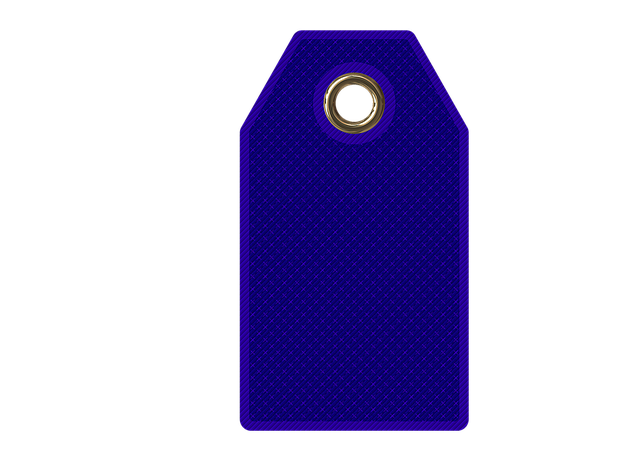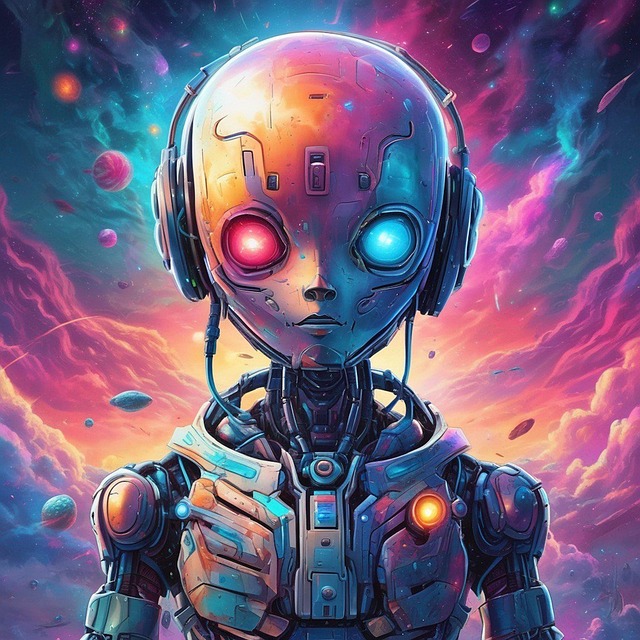Chatbots are integral to digital interactions, offering instant support via text or voice with various development platforms and frameworks. Choosing the right platform is crucial, considering factors like NLP capabilities, ease of use, scalability, and technology integrations. Designing engaging conversations involves mapping user queries, using sentiment analysis, and implementing branching logic. Training enhances performance through machine learning models and NLP techniques, enabling continuous learning from user interactions. Successful integration into platforms like websites and messaging services requires robust infrastructure, thorough testing, and ongoing updates for optimal performance.
Creating your own chatbot can transform the way you interact with users, enhancing customer service, streamlining tasks, and providing 24/7 support. This guide navigates the process of building an effective ochatbot, from understanding the fundamentals to choosing the best platform and technology for your needs. We’ll explore how to design engaging conversation flows, train your chatbot for optimal performance, and seamlessly integrate it into existing systems.
- Understanding the Basics of Chatbots
- Choosing the Right Platform and Technology
- Designing Effective Conversation Flows
- Training and Enhancing Chatbot Performance
- Integrating and Deploying Your oChatbot
Understanding the Basics of Chatbots

Chatbots have become an integral part of our digital interactions, offering instant support and assistance across various platforms. Understanding their basics is crucial for anyone looking to create one. At its core, a chatbot is a computer program designed to simulate human conversation through text or voice inputs. These intelligent agents use natural language processing (NLP) and machine learning algorithms to interpret user queries and generate appropriate responses.
The first step in creating an ochatbot involves defining its purpose and scope. Whether it’s for customer service, lead generation, or entertainment, knowing your chatbot’s objectives is essential. Next, you’ll need to choose a development platform or framework that aligns with your technical skills and project requirements. Many options are available, ranging from rule-based systems to advanced AI-powered solutions. This decision will shape the level of complexity, customization, and integration capabilities of your chatbot.
Choosing the Right Platform and Technology

Choosing the right platform is a crucial step in developing an effective chatbot. The market offers various options, each with unique features and capabilities. When selecting a platform, consider your project’s specific needs. For instance, some platforms excel in natural language processing (NLP), enabling more sophisticated understanding of user queries, while others focus on ease of use and quick development. Open-source solutions provide flexibility but demand technical expertise, whereas cloud-based services offer scalability and ready-made infrastructure, making them ideal for beginners or rapid prototyping.
Technology choices also play a vital role in shaping your oChatbot’s performance. Artificial intelligence (AI) and machine learning algorithms power intelligent chatbots, allowing them to learn from interactions and provide personalized responses. Integrating APIs can enhance functionality by connecting the chatbot to external services, such as databases or customer relationship management (CRM) systems. Moreover, considering the chatbot’s deployment environment—whether web, mobile, or messaging apps—will dictate the technology stack you require.
Designing Effective Conversation Flows

Designing effective conversation flows is a critical step in creating an engaging and useful chatbot. The key lies in understanding user intent and crafting natural, contextual responses. Start by mapping out common user queries and the desired paths of interaction. This involves identifying keywords, phrases, and sentiment to trigger specific actions or answers. A well-designed flow ensures the oChatbot adapts to user inputs, providing relevant information without confusing or frustrating users.
Visual aids like decision trees or flowcharts can help in visualizing these conversations. Each step should build upon the previous one, creating a seamless dialogue. Incorporate branching logic to handle variations in user input, allowing for more dynamic and intelligent interactions. Remember, an effective conversation flow makes your oChatbot feel intuitive and human-like, enhancing user satisfaction.
Training and Enhancing Chatbot Performance

Training a chatbot is a crucial step in enhancing its performance and ensuring it can deliver accurate and relevant responses to users. This process involves feeding vast amounts of data, often in the form of text or conversations, to teach the model patterns and context. The quality and diversity of this training data are essential; including various user queries and potential responses helps the chatbot understand a broader range of interactions. Advanced machine learning techniques, such as natural language processing (NLP), enable the chatbot to learn from these datasets, improving its ability to interpret and generate human-like text.
Over time, chatbots can be refined and enhanced through continuous learning. As they interact with users, they gather new data, which can be used to retrain and optimize their performance. This iterative process allows for better context understanding, improved response accuracy, and more natural conversations. Regular updates and refinements ensure that the chatbot stays relevant, keeping up with evolving user needs and language trends, making it an effective tool in various applications, from customer service to personal assistants.
Integrating and Deploying Your oChatbot

Once your oChatbot is developed and trained, integrating it into your existing systems or platforms is the next crucial step. This process involves deploying the chatbot where users can interact with it seamlessly. You can choose to embed the oChatbot onto your website, mobile app, or integrate it with messaging platforms like Facebook Messenger, WhatsApp, or Telegram. Each integration has its own advantages and will depend on your target audience and business needs.
For a successful deployment, ensure that you have robust infrastructure in place to handle user interactions simultaneously. Test the oChatbot thoroughly before going live to identify and fix any potential issues. Regular updates and monitoring are essential to keep the chatbot performing optimally and providing accurate responses.
Creating an effective chatbot, or oChatbot, involves a combination of understanding user needs, selecting the right technology, designing intuitive conversation flows, and continuously enhancing performance through training. By integrating these steps, you can deploy an oChatbot that not only serves your users but also becomes a valuable asset to your business. Remember, the key lies in ensuring your chatbot provides accurate, engaging, and meaningful interactions.
